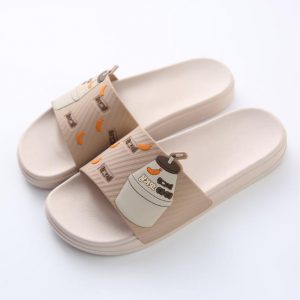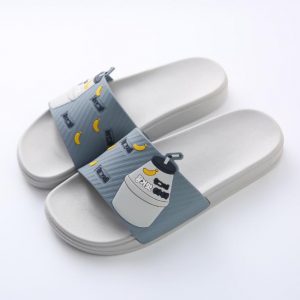In presentations, various types of slides can be used to convey different types of information. Each type serves a specific purpose and helps organize the content in a clear and effective manner. Here are some common types of slides:
- Title Slide: The first slide of a presentation, typically displaying the presentation title, presenter’s name, affiliation, and possibly a subtitle or date.
- Content Slide: These slides contain the main body of the presentation, where the majority of information is presented. Content slides can include text, images, charts, graphs, and other multimedia elements.
- Bullet Point Slide: This type of slide presents information in a list format, using bullet points to highlight key points or topics. Bullet point slides are commonly used for summarizing key information and keeping the content concise.
- Image Slide: An image slide predominantly consists of one or more images, which can be photographs, illustrations, diagrams, or any visual representation relevant to the presentation topic.
- Chart or Graph Slide: These slides display data and statistics in the form of charts, graphs, or tables. Bar charts, pie charts, line graphs, and tables are commonly used to present numerical information.
- Quote Slide: A quote slide features a significant or relevant quote related to the presentation’s subject matter. Quotes can be used to add credibility, emphasis, or emotional impact to the content.
- Comparison Slide: This slide type is used to compare two or more items, concepts, or data sets side by side, making it easier for the audience to understand the similarities and differences.
- Transition Slide: Transition slides are used to indicate a shift in topic or section within the presentation. They can include phrases like “Next,” “Conclusion,” “Summary,” etc.
- Agenda Slide: An agenda slide is often used at the beginning of a presentation to outline the topics or sections that will be covered during the presentation.
- Conclusion Slide: The last slide of the presentation, which summarizes the main points and often includes a call-to-action, key takeaways, or a thank-you message.
- Contact Slide: A contact slide is used to provide the presenter’s contact information, such as email, phone number, and social media handles, in case the audience has questions or wishes to follow up.
- Question Slide: In interactive presentations or workshops, question slides can be used to pose questions to the audience, encouraging participation and engagement.
These are just a few examples of the various types of slides that can be used in presentations. The choice of slide types depends on the content, the presenter’s style, and the overall goals of the presentation. Mixing and using these slide types strategically can create a well-structured and engaging presentation.


















